Researchers find the trick to molding metal at the nanoscale
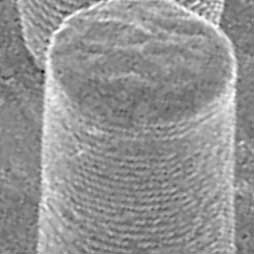 Researchers have developed a process that allows manufacturers to essentially shape any metal and alloy and replicate even the smallest details.
Researchers have developed a process that allows manufacturers to essentially shape any metal and alloy and replicate even the smallest details.
Jan 23rd, 2019
Read more
 Researchers have developed a process that allows manufacturers to essentially shape any metal and alloy and replicate even the smallest details.
Researchers have developed a process that allows manufacturers to essentially shape any metal and alloy and replicate even the smallest details.
Jan 23rd, 2019
Read more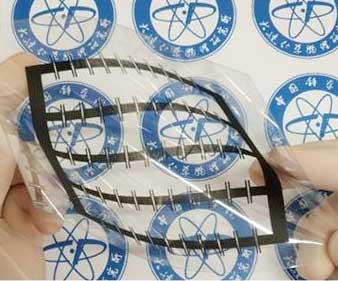 Researchers have developed an easy way to make complicated arrays of microsupercapacitors that involves screen-printing them out of graphene ink. The simplicity and freedom offered by the approach will aid the development of new approaches to electronics and flexible devices.
Researchers have developed an easy way to make complicated arrays of microsupercapacitors that involves screen-printing them out of graphene ink. The simplicity and freedom offered by the approach will aid the development of new approaches to electronics and flexible devices.
Jan 23rd, 2019
Read more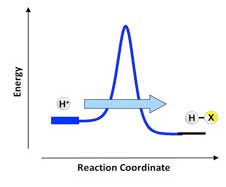 Researchers have discovered that proton transfer in electrochemical reactions is governed by the quantum tunneling effect under the specific conditions. In addition, they made a first ever observation of the transition between the quantum and classical regimes in electrochemical proton transfer by controlling potential.
Researchers have discovered that proton transfer in electrochemical reactions is governed by the quantum tunneling effect under the specific conditions. In addition, they made a first ever observation of the transition between the quantum and classical regimes in electrochemical proton transfer by controlling potential.
Jan 23rd, 2019
Read more Scientists have investigated the consequences of the collision of two atoms in a weak magnetic field at low temperature. For the first time they have discovered that atoms, carrying their angular momentum in individual packets (quanta), thereby exchange two packets.
Scientists have investigated the consequences of the collision of two atoms in a weak magnetic field at low temperature. For the first time they have discovered that atoms, carrying their angular momentum in individual packets (quanta), thereby exchange two packets.
Jan 23rd, 2019
Read more Researchers are working to develop a predictive understanding of how interparticle forces drive the assembly of nanosized building blocks into tailored superlattice structures.
Researchers are working to develop a predictive understanding of how interparticle forces drive the assembly of nanosized building blocks into tailored superlattice structures.
Jan 23rd, 2019
Read more Findings address challenges in developing synthesis strategies for nanostructured materials.
Findings address challenges in developing synthesis strategies for nanostructured materials.
Jan 23rd, 2019
Read more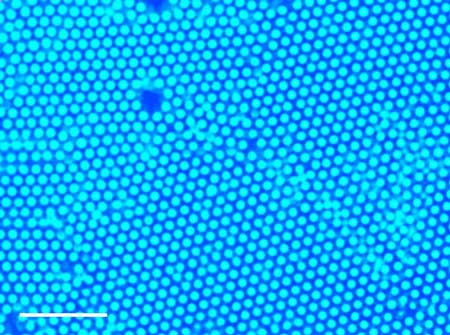 A new, simple and inexpensive method that uses ultraviolet light to control particle motion and assembly within liquids could improve drug delivery, chemical sensors and fluid pumps.
A new, simple and inexpensive method that uses ultraviolet light to control particle motion and assembly within liquids could improve drug delivery, chemical sensors and fluid pumps.
Jan 22nd, 2019
Read more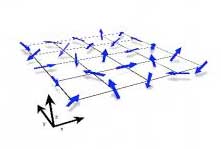 The first experimental proof of the unusual XY-type magnetic- behavior transition when passing from 3D to 2D is finally observed, fifty years after its theoretical description.
The first experimental proof of the unusual XY-type magnetic- behavior transition when passing from 3D to 2D is finally observed, fifty years after its theoretical description.
Jan 22nd, 2019
Read more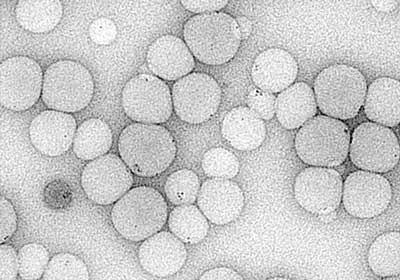 Semiconductor nanocrystals have been efficiently encapsulated into polymers and offer great stability in terms of their optical properties and fluorescence control.
Semiconductor nanocrystals have been efficiently encapsulated into polymers and offer great stability in terms of their optical properties and fluorescence control.
Jan 22nd, 2019
Read more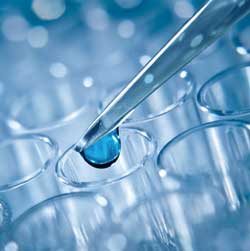 As the drive to commercialise graphene continues, it is important that all safety aspects are thoroughly researched and understood. The Graphene Flagship project has a dedicated Work Package studying the impact of graphene and related materials on our health, as well as their environmental impact.
As the drive to commercialise graphene continues, it is important that all safety aspects are thoroughly researched and understood. The Graphene Flagship project has a dedicated Work Package studying the impact of graphene and related materials on our health, as well as their environmental impact.
Jan 22nd, 2019
Read more Until now, it was thought that the atoms in these regions behaved as if they were in a 'drum skin', based on the assumption that the surface tension between the two elements caused the water to be drawn taut like a drum and to act as such when disturbed. Although this is correct on larger scales, the assumption fails on smaller scales.
Until now, it was thought that the atoms in these regions behaved as if they were in a 'drum skin', based on the assumption that the surface tension between the two elements caused the water to be drawn taut like a drum and to act as such when disturbed. Although this is correct on larger scales, the assumption fails on smaller scales.
Jan 22nd, 2019
Read more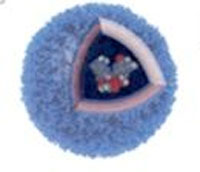 New research builds on Nobel-winning checkpoint blockade work.
New research builds on Nobel-winning checkpoint blockade work.
Jan 21st, 2019
Read more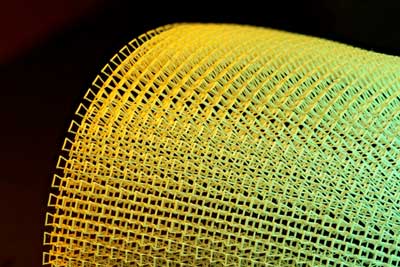 New printing technique and materials could be used to develop intelligent materials and self-adaptive infrastructures and transducers.
New printing technique and materials could be used to develop intelligent materials and self-adaptive infrastructures and transducers.
Jan 21st, 2019
Read more Scientists have produced a series of protocols for quantum sensors that could allow images to be obtained by means of the nuclear magnetic resonance of single biomolecules using a minimal amount of radiation.
Scientists have produced a series of protocols for quantum sensors that could allow images to be obtained by means of the nuclear magnetic resonance of single biomolecules using a minimal amount of radiation.
Jan 21st, 2019
Read moreGraphene exhibits very different properties in humid conditions, according to researchers.
Jan 21st, 2019
Read more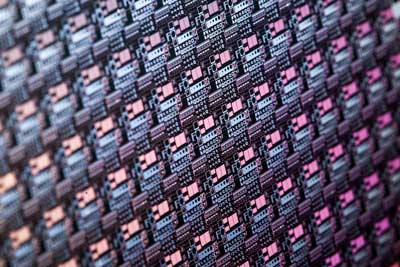 Scientists are researching the novel semiconductor material scandium aluminum nitride that may be better suited for future power electronics than silicon.
Scientists are researching the novel semiconductor material scandium aluminum nitride that may be better suited for future power electronics than silicon.
Jan 21st, 2019
Read more